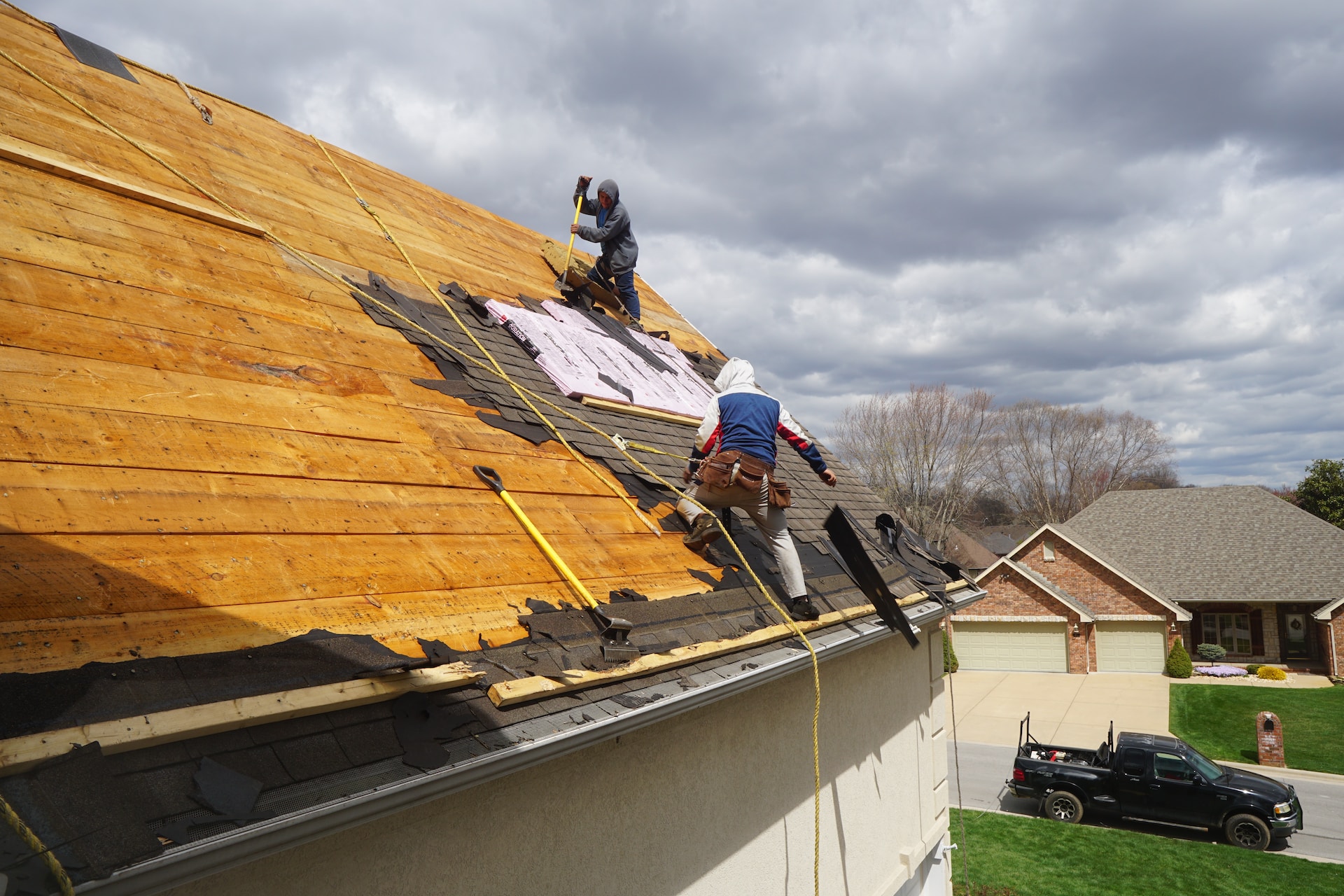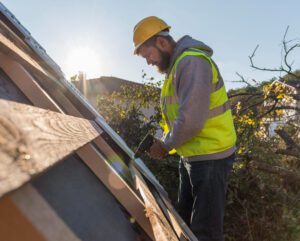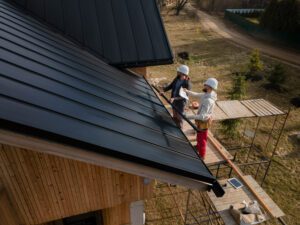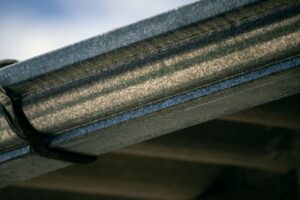
Storms can cause significant damage to your home, particularly your roof. Identifying storm damage to your roof is essential, as it can lead to costly repairs if not addressed quickly. This article aims to highlight eight signs of storm damage on your roof, which will help you take prompt action to ensure the safety of your home.
Missing or Damaged Shingles
One of the most apparent signs of storm damage to your roof is missing or damaged shingles. Strong winds, hail, and debris can cause shingles to break, crack, or even fall off entirely. Leaving your roof exposed to the elements can cause further damage and lead to structural problems.
Leaks or Water Stains
During a storm, water can seep through damaged shingles and into your home, causing water stains on your ceiling and walls. This can be a significant problem, as water damage can lead to mold growth, which can be hazardous to your health.
Dented or Bent Gutters
Gutters are an essential part of your home’s roofing system. They are responsible for directing water away from your home’s foundation, preventing water damage. During a storm, gutters can become damaged, causing them to bend or dent. If you notice any dents or bends in your gutters, they must be repaired or replaced immediately.
Cracked or Broken Flashing
Flashing is a thin layer of metal installed around roof penetrations such as chimneys and vents. Its primary function is to prevent water from seeping into your home through these openings. During a storm, flashing can become damaged, causing cracks and breaks. If you notice any cracks or breaks in your flashing, it is important to have it repaired or replaced as soon as possible. Failure to do so can lead to water damage and mold growth.
Granule Loss
Asphalt shingles have granules on their surface that protect them from the sun’s UV rays. These granules can become dislodged during a storm, causing them to wash away with rainwater. If you notice granules in the gutters around your home, it could be caused by a storm. Granule loss can cause your shingles to deteriorate quickly, leading to leaks and other problems.
Sagging or Uneven Roof
A sagging or uneven roof can signify structural damage caused by a storm. Heavy rains and strong winds can cause your roof to shift, leading to structural problems. If you notice any sagging or unevenness in your roof, it is essential to have it inspected by a professional roofer.
Conclusion
Storm damage to your roof can be a significant problem, leading to costly repairs if not addressed quickly. Therefore, knowing the signs of storm damage to your roof is essential. If you notice any of the signs that we mentioned above, it is crucial to contact a professional roofer to inspect your roof and provide recommendations for repairs or replacement. Remember, taking prompt action can help prevent further damage and save you money in the long run.
If you see any signs of storm damage to the roof, don’t hesitate to contact J. Carnes & Son Roofing for a professional inspection. Our team of roofing experts will assess the damage and provide you with a comprehensive report and estimate. Protect your home and your family by immediately addressing storm damage to your roof.




